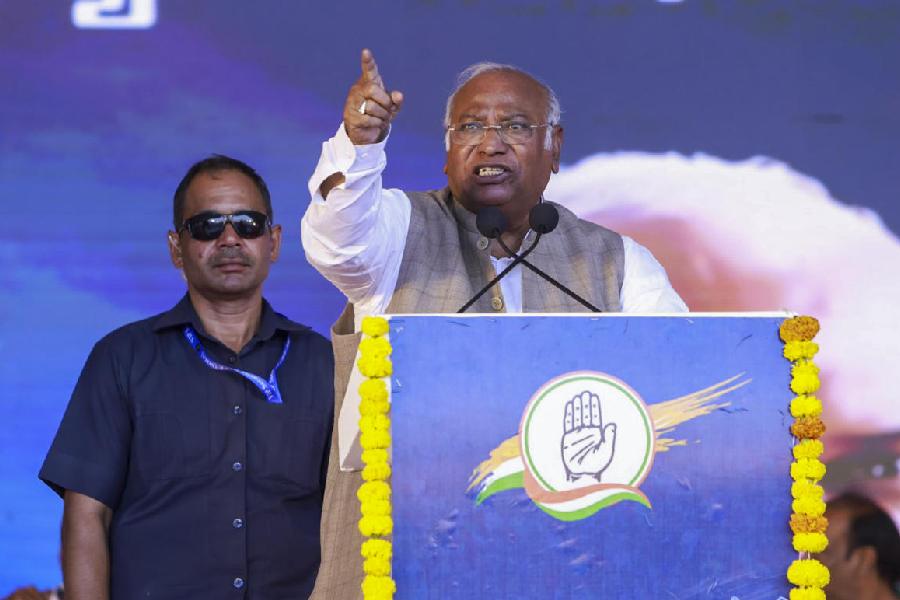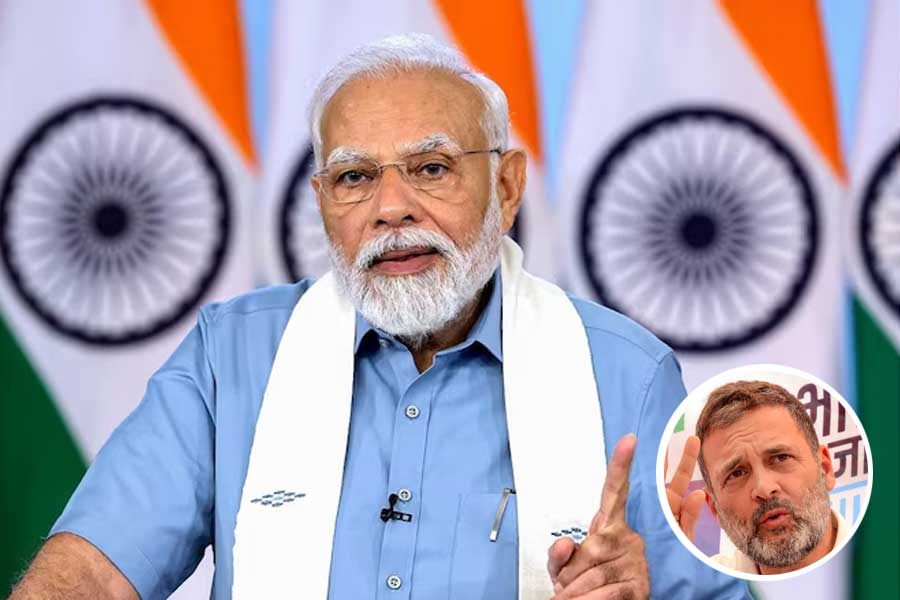CINEMA AND THE INDIAN FREEDOM STRUGGLE
By Gautam Kaul,
Sterling, Rs 600
Mohandas Karamchand Gan- dhi considered cinema ?sinful technology?. Asked to fill in a questionnaire sent to him by the Indian cinematograph committee, he rejected the request saying, ?Even if I was so minded, I should be unfit to answer your questionnaire as I have never been to a cinema. But even to an outsider the evil that it has done and is doing is patent. The good if it has done at all, remains to be proved.?
Gandhi?s aversion to cinema is confirmed by his statement in Harijan (May 3, 1942): ?If I began to organise picketing in respect of them [the evil of cinema] I should lose my caste, my mahatmaship.? Ironically, the Mahatma was documented on celluloid during his lifetime and later by Richard Attenborough, who gave the spartanly clad father of the nation a new coat of iconic paint in his record breaking, Oscar winning film, Gandhi.
Although Gandhi was allowed to see Vijay Bhatt?s Ram Rajya for just 20 minutes by his physician, Sushila Nayyar, he was interested enough to sit through the entire film, whose publicity, in those days, had cost as much as Rs 200,000. But apparently even this made no difference to his dislike of cinema, for he was impervious to its importance in this land of tamashas and raths.
Gautam Kaul?s pioneering work takes a wide angle look at cinema in the subcontinent since it first came to India with the monsoon of 1896. At least a couple of works in the regional language may have preceded Kaul?s, but he is the first to negotiate the wider expanses of this medium of mass entertainment and come up with a chestfull of nuggets, linking the new entertainment with decades of political movements.
The book does not, however, set out to be an infallible encyclopaedia though it does include a very useful filmography of ?freedom films?, arranged both alphabetically, along with the credits, and in order of decades, from 1921 to 1996. The book also contains political lyrics and a whole lot of fascinating and rare photographs, stills, posters and advertisements. The chapter on regional cinema is split into short overviews, allowing for quick reference in an otherwise ?heavy? book.
Kaul has kept the language rather linear, and though it lacks stylistic fireworks and often smacks of officialese, it makes for compelling reading. This, despite the fact the book has quite a few factual and proofing errors. But considering the vastness of the vision, these and the rather tacky cover design, can be viewed with indulgence.
In perhaps the most interesting chapter, Kaul makes a detailed reference to the leadership of the freedom struggle and how it viewed cinema. Bal Gangadhar Tilak, the first to be caught up by the ?sinful technology?, was keen to make commercial use of cinema and had proposed to Dadasaheb Phalke in 1918 that he start the Hindustan cinema film company which could tie up with American producers to make films for export as well as the domestic market. Phalke spurned the proposal because he wanted to make films only on swadeshi themes. Tilak also wrote actively on Indian films in his paper, Kesari.
The first Indian litterateur to have the flicker of the projector catch his eye was none other than Rabindranath Tagore. The earliest short story of Tagore to be filmed was Manbhanjan (1923), directed by Naresh Mitra. His Bicharak (1929) was banned on charges of obscenity. Tagore tried directing himself with Natir Puja (1932) but gave it up because of technical complexities though he did play the role of an old monk in the film. Tagore also tried writing the scenario of his own play, Tapati, to be directed by Dhiren Ganguly, but that project was stillborn.
As early as 1900, Tagore also cut a gramophone disc with a rendition of Vande Mataram, which was manufactured by H. Bose?s Records. Interestingly, a copy of this disc could only be found 61 years later.
 Sunday, 12 May 2024
Sunday, 12 May 2024









